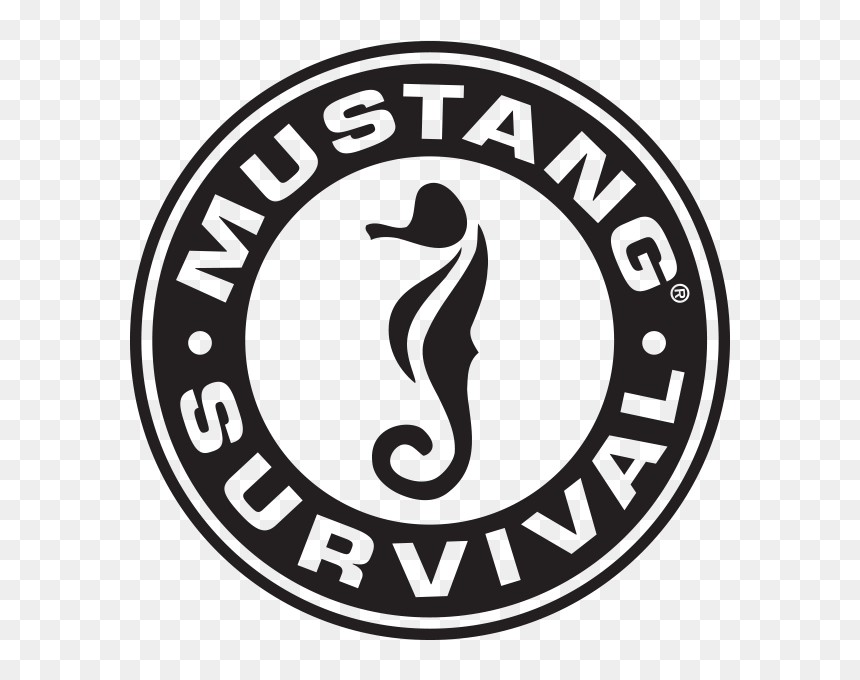






.avif)















When you're out at sea, a life raft is more than just a piece of equipment. It's your lifeline, your last line of defense against the unforgiving ocean. Given its importance, regular life raft inspections are not just a good idea, they're a necessity. In this post, we'll cover everything you need to know about life raft inspections.
Why Regular Inspection is Crucial
Life rafts are made up of various components that work together to keep you safe and afloat in the event of a disaster. However, over time, these components can degrade due to factors such as harsh sea conditions, temperature fluctuations, and general wear and tear.
Regular inspections help identify and address any potential issues early, ensuring that your life raft will function as intended when you need it most. It's also worth noting that regular life raft inspections are a requirement under many maritime laws and safety standards.

What Happens During an Inspection
During a life raft inspection, qualified inspectors thoroughly check the life raft and its components. Here's what you can expect:
Understanding Service Intervals
Just like any safety equipment, life rafts have specific service intervals that owners need to adhere to. The frequency of these inspections largely depends on the type of raft and its usage:
Conclusion
Life raft inspections are a vital part of marine safety. By understanding what an inspection involves and ensuring your life raft is regularly inspected by certified professionals, you're taking a significant step towards ensuring safety at sea.